I am using a cable of approx 1600ft to enable communication between two computers using RS-232(pins 2,3 and 5). On checking the transmitted signal on the oscilloscope, i get the output as below (hex code:41H):
However, on oscilloscope at the receiver end, following is displayed:

The connection does not involve any terminal resistances and when I checked the output by connecting the oscilloscope probe directly to the rs-232 pins, the output was as seen in the first image, however, on connecting it to the computer and then checking it on an oscilloscope, a noisy output as seen in second image was displayed.
Can someone please suggest on what should be the correct approach to enable communication using RS-232 for such long distance.
Also, the receiver computer does not show any output on transmitting any of the hex codes. The baud rate used was 300.
Thank you.
